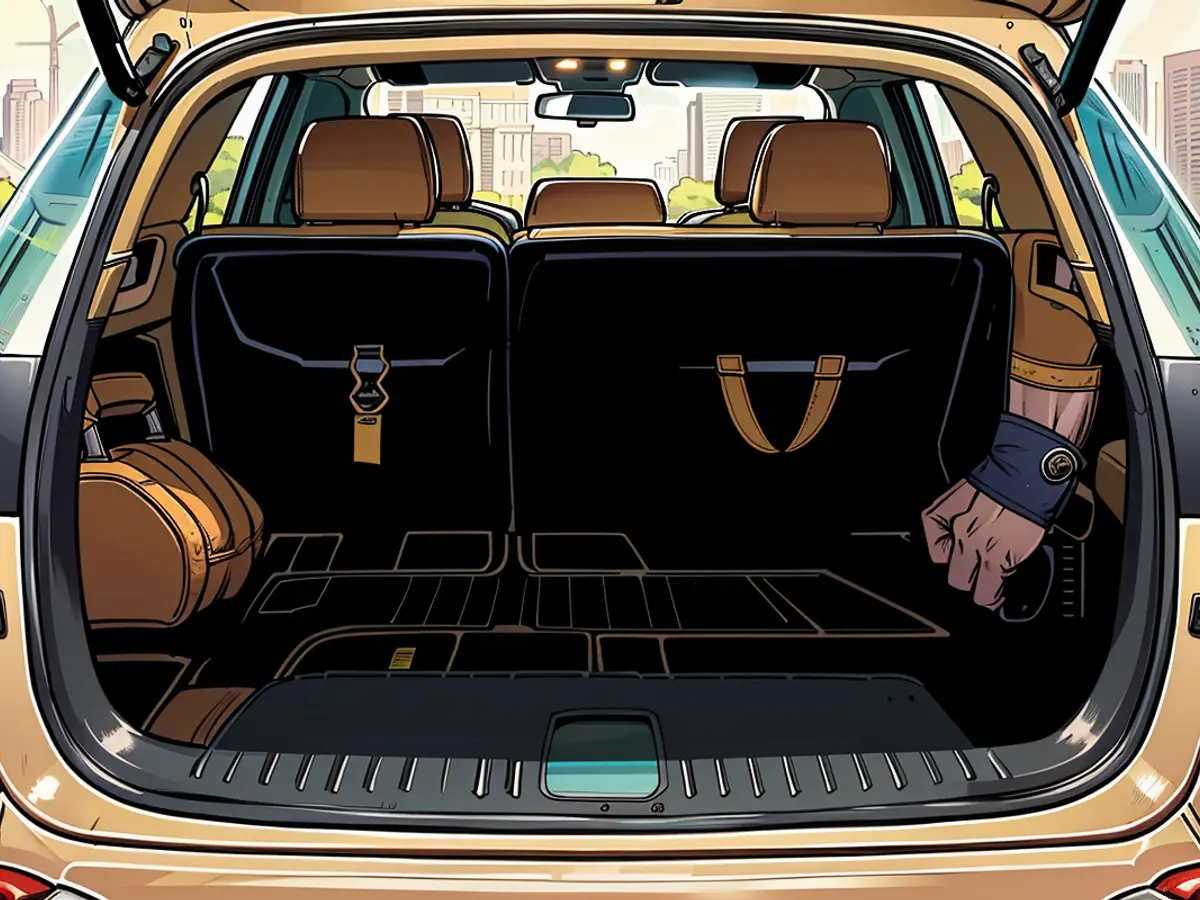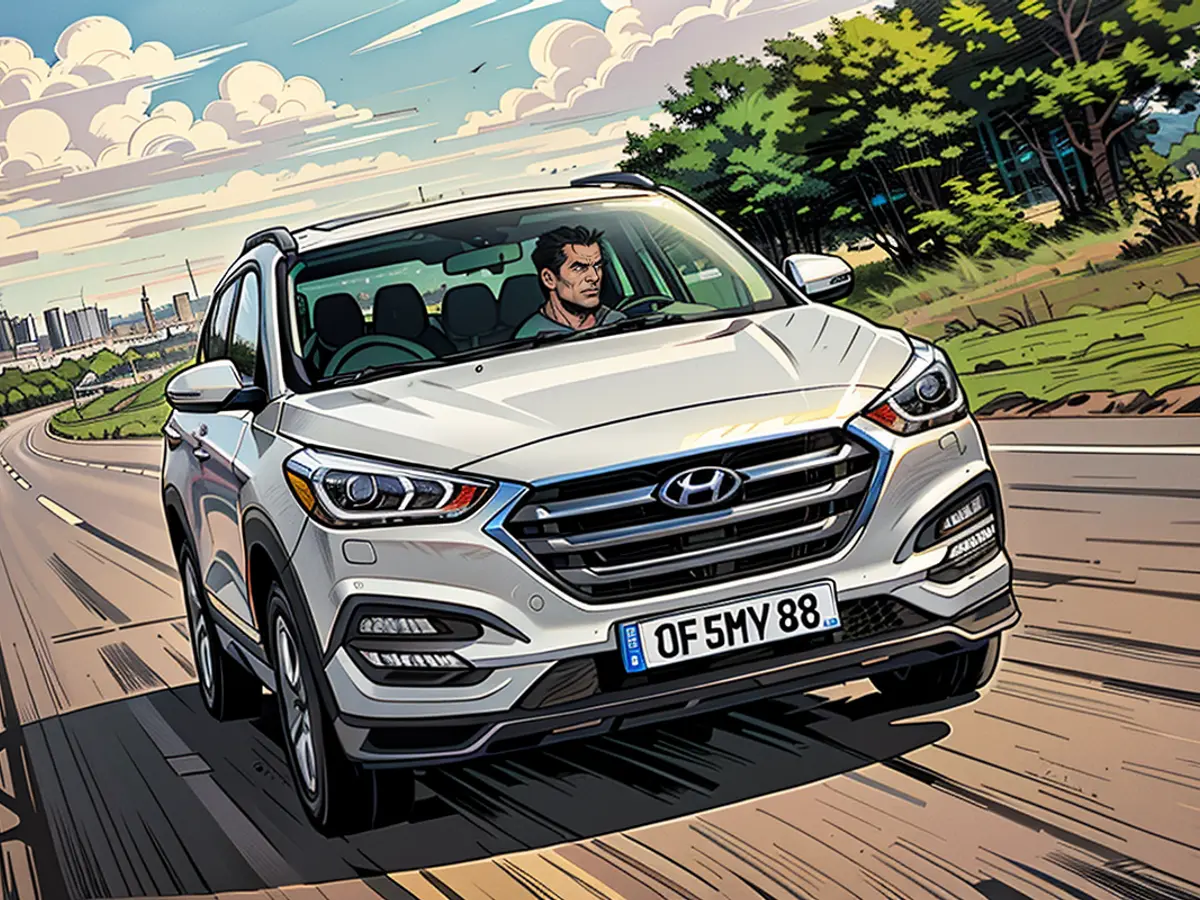Hyundai Tucson has a problem with the brakes.
Hyundai's Compact SUV is Named Tucson (City in Arizona) and is Meant to Spark Adventurous Feelings in the Driver. The Name Change to ix35 (Second Generation, 2009 to 2015) Was a Brief Interlude. The Third Generation Retired in 2020 and is Now in its Prime Used Car Age. Whether Buying a Second-Hand Tucson Will Be an Adventure or More of a Pleasure Remains to be Seen, According to the TÜV.
Quality
During TÜV inspections, examiners often criticize the function of the foot brake. Oil loss is a problem in younger models. As the vehicle ages, complaints about the suspension and steering increase. Overall, its defect rate ("no defects") is at the average level of all vehicles inspected.
Body and Interior
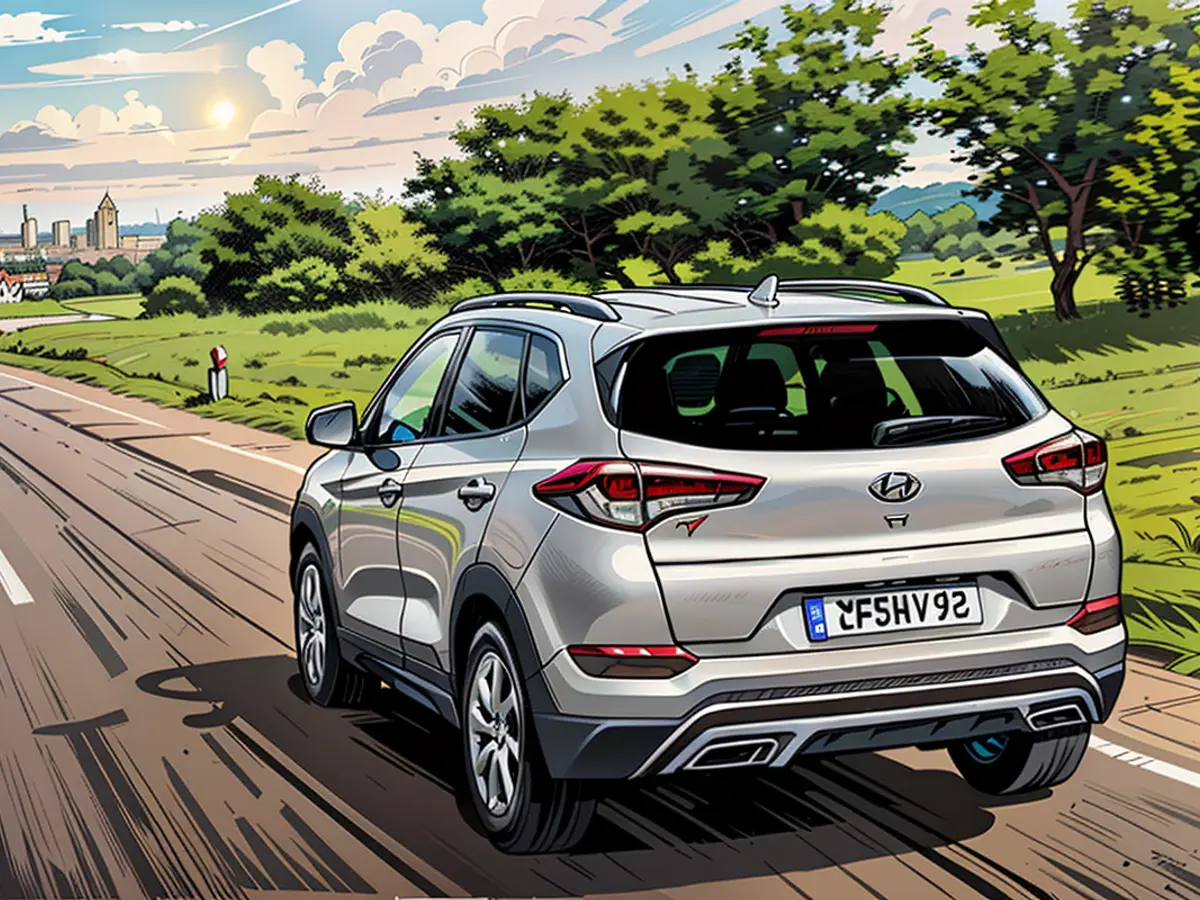
Visually, the 4.48-meter-long Tucson stands out with clear lines and harmonious proportions. Compared to its predecessor, the SUV boasts a more premium interior. The workmanship is good, and the space is generous. The trunk volume is 513 liters, and with the rear seats folded down, it's 1500 liters.
A 2018 facelift brought minor changes to the front and rear, with LED headlights now optional. In 2019, Hyundai introduced the N-Line version, featuring 19-inch wheels, dark decorative applications, and a dual exhaust tip.
Engines and Drivetrain
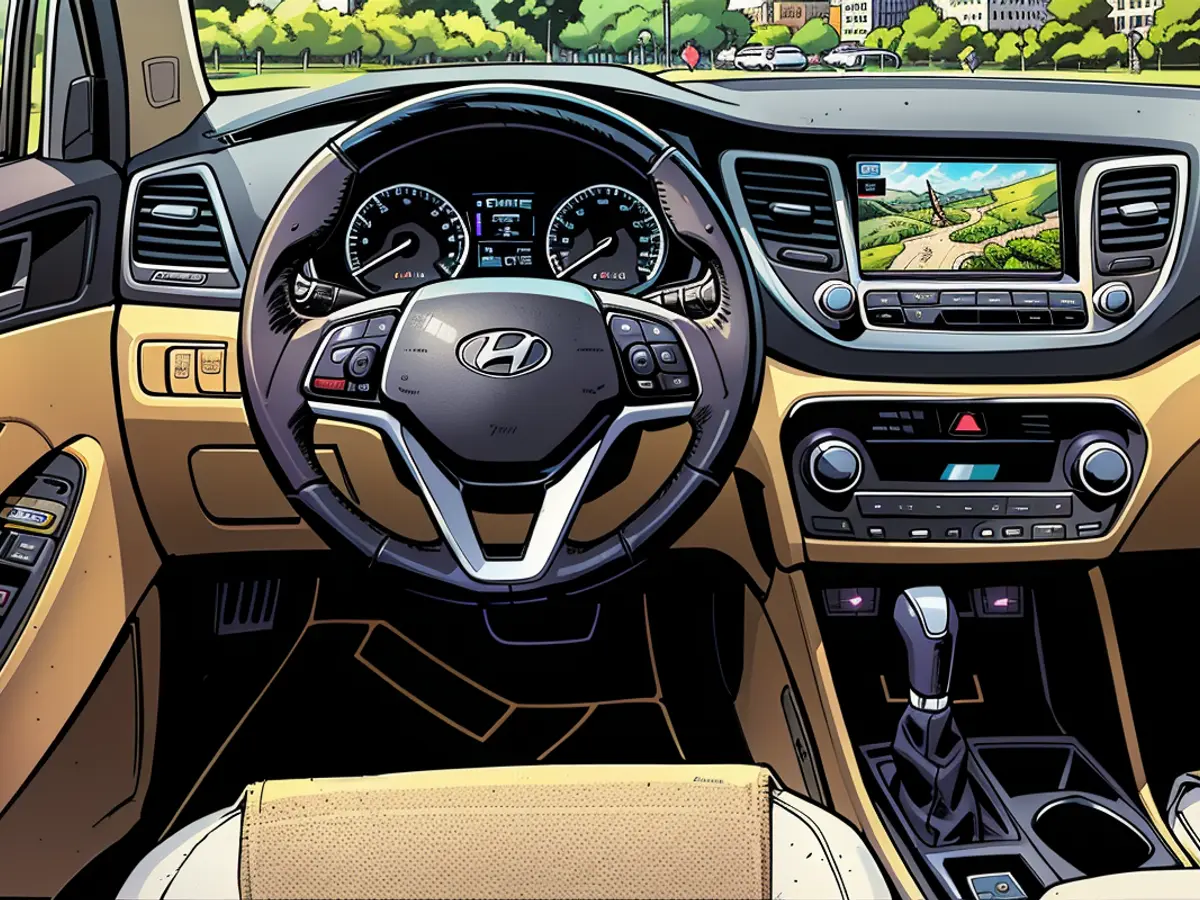
At launch, customers could choose between a 1.6-liter turbocharged gasoline engine with 97 kW/132 PS and 130 kW/177 PS, with the more powerful version also available with all-wheel drive. Fuel consumption ranges from 6.3 to 7.8 liters per 100 kilometers. Power is transmitted via a manual six-speed gearbox, or optionally, a seven-speed dual-clutch transmission (DSG).
Hyundai also offered three diesel engines: a 1.7-liter with 85 kW/116 PS and 104 kW/140 PS, and a 2.0-liter with 100 kW/136 PS and 136 kW/185 PS. The 185 PS version came with all-wheel drive and an optional six-speed automatic transmission. Official fuel consumption figures range from 4.6 to 6.5 liters per 100 kilometers. After the facelift, a 1.6-liter diesel with nearly identical performance replaced the 1.7-liter engine.
Equipment and Safety
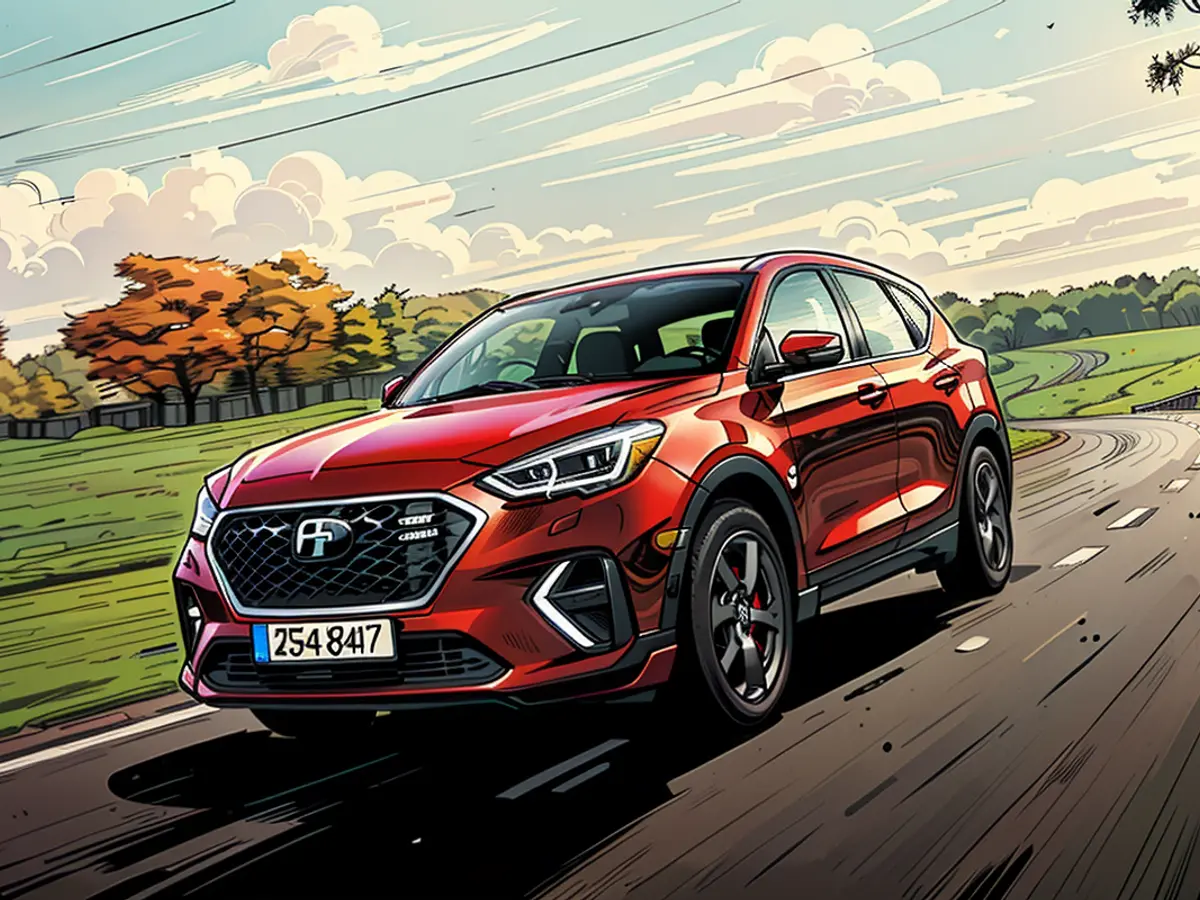
Those seeking some comfort should skip the base versions (Classic) and look for the Trend, Style, and Premium trim levels. "Trend" included features like automatic climate control, heated seats, and a heated steering wheel. "Style" came with a rearview camera, navigation system, and traffic sign recognition, while "Premium" added LED lighting, 19-inch wheels, and a parking assistant.
First owners could also opt for a package with automatic emergency braking, blind-spot warning, and lane change assist. The facelift added a radar-based cruise control, 360-degree surround view camera, and a driver attention warning system.
Conclusion
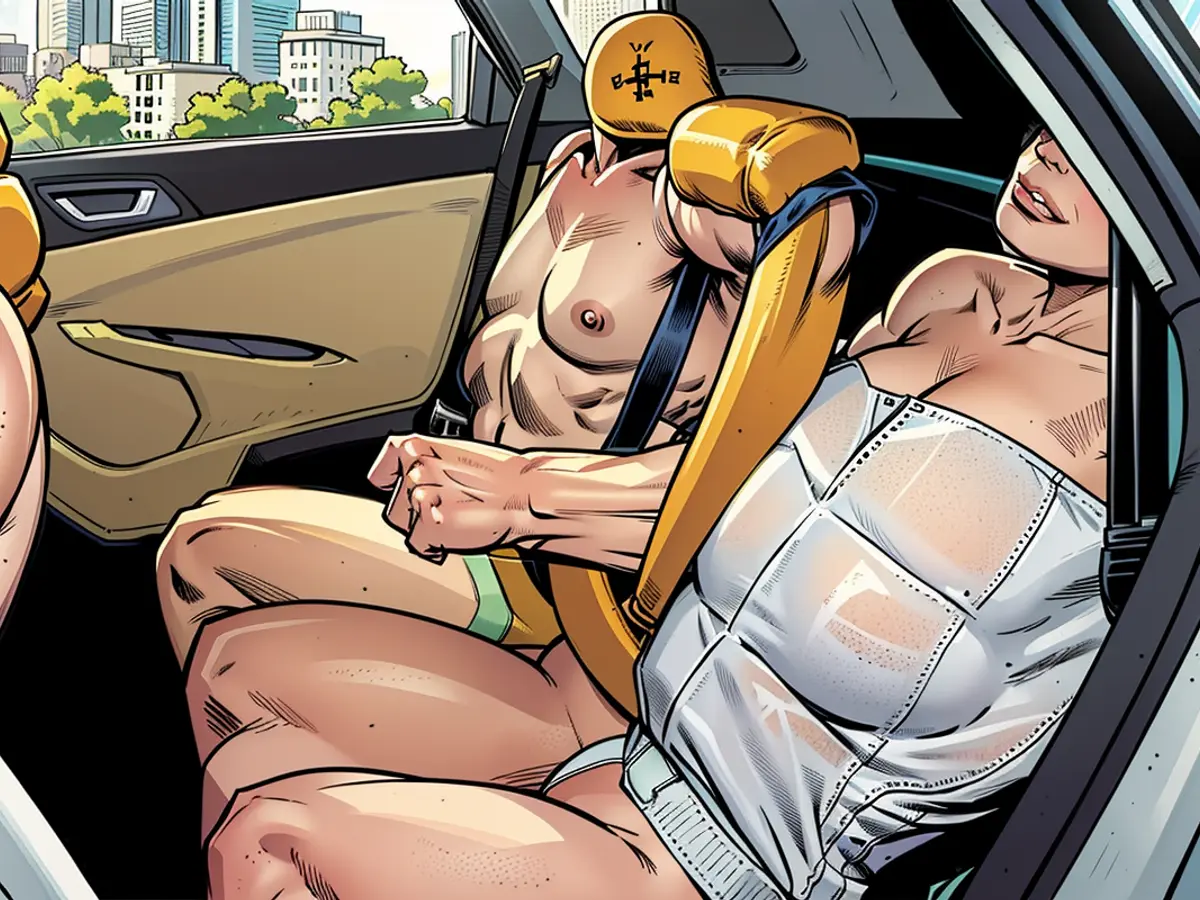
The Hyundai Tucson doesn't just look like an SUV; it's also available with all-wheel drive. Space and comfort are adequate. A thorough check before purchasing to inspect the weak points is recommended.
At the time of writing, around 2000 used Tucson models of the third generation are listed for sale on mobile.de, starting at around 10,000 euros.
The Commission shall ensure thorough inspections of the Tucson's foot brake and other components, as noted issues have been found in its function and suspension. The Commission shall also monitor the defect rate of the Tucson to maintain it at the average level compared to other vehicles inspected.
